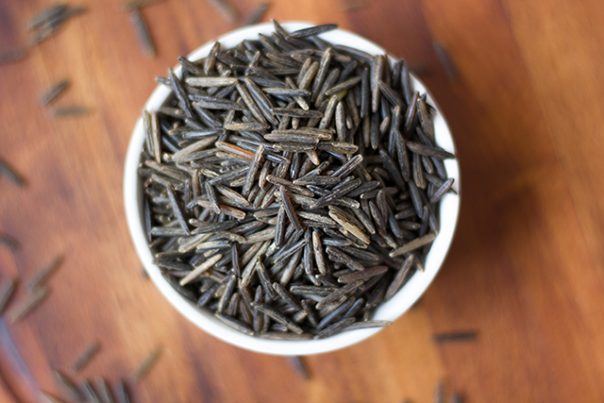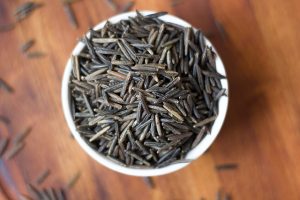
Wild Rice – sources, health benefits, nutrients, uses and constituents at NaturalPedia.com
Friday, June 30, 2017 by Earl Garcia
http://www.naturalpedia.com/wild-rice-sources-health-benefits-nutrients-uses-and-constituents-at-naturalpedia-com.html

Despite its name, wild rice is technically not rice, but the seed of an aquatic grass that naturally grows in shallow freshwater marshes. Wild rice has four varieties, three of which are native to North America. These species are especially abundant in the Great Lakes region, and are harvested as grains. The other one is native to Asia and is considered a vegetable. Wild rice is known for its sticky consistency and strong, nutty flavor.
List of known nutrients
Wild rice is considered as a superfood due to its high nutritional value. The wide array of nutrients found in wild rice include:
- Calcium
- Carbohydrates
- Choline
- Copper
- Fiber
- Folate
- Iron
- Magnesium
- Manganese
- Niacin
- Panthothenic acid
- Phosphorus
- Potassium
- Protein
- Riboflavin
- Selenium
- Sodium
- Thiamin
- Vitamin A
- Vitamin B6
- Vitamin E
- Vitamin K
- Zinc
Medicinal uses for wild rice
Wild rice does not contain sodium, which makes it specifically beneficial for people who want to bolster their heart health. The high fiber content in wild rice is known to rid the body of bad cholesterol and reduce the risk of atherosclerosis. Its high vitamin C levels, on the other hand, prevent cardiac strain and promote damage repair. Likewise, the superfood’s rich fiber content is found to bulk up stool and facilitate the digestive process. This makes wild rice especially potent against digestive issues such as constipation, diarrhea, and bloating as well as cramping and excess flatulence.
Wild rice is also notably effective in keeping more serious conditions — including gastric ulcers and hemorrhoids — at bay. Aside from this, a combination of dietary fiber and powerful antioxidants help fend off the harmful effects of free radicals and lower the risk of developing colorectal cancer. Likewise, the superfood’s high fiber and antioxidant content is found to promote weight loss and stave off diabetes onset.
Wild rice is touted for its immune benefits too. Wild rice has an abundant supply of vitamin C that bolster’s the body’s immune system and protects it from otherwise infectious diseases such as common colds and flu. The superfood is also found to promote white blood cell and collagen production, which in turn ensures stronger immune system. Additionally, wild rice is touted to speed up recovery from illnesses.
In addition, wild rice is shown to promote bone health and prevent the onset of osteoporosis. Likewise, the superfood is notably effective in keeping age-related macular degeneration in check. Furthermore, the superfood is exceptionally high in folate, which reduces the risk of congenital conditions in newborns such as neural tube defects. Wild rice is also known to combat the effects of aging.
Body systems supported wild rice
Wild rice is beneficial to the heart and cardiovascular, digestive, and immune systems. Likewise, the superfood supports bone health and eye health.
Ways to use wild rice
Wild rice is usually prepared as a perfect complement to meat dishes. It is commonly used as a carbohydrate source or side dish in many recipes. In addition, wild rice can be incorporated in other unconventional recipes such as burger patty extenders. A list of recipes compiled by the EatingWell.com can be used to broaden your diet.
Where to learn more
- 7 Carbohydrate Sources for Weight Loss
- 6 Best Anti Skin Rash Foods
- 14 Food That Kill Abdomen fat Quickly
- Go Over 100 by Eating These!
- Eat more of these foods to help balance your body’s alkalinity and prevent cancer
Summary
Wild rice prevents cancer, diabetes, heart disease, and digestive issues.
Wild rice staves off osteoporosis, macular degeneration, and birth defects.
Wild rice benefits the heart and cardiovascular, digestive, and immune systems.
Wild rice supports bone health, eye health, and fetal status
Sources include:
Tagged Under: Tags: wild rice






